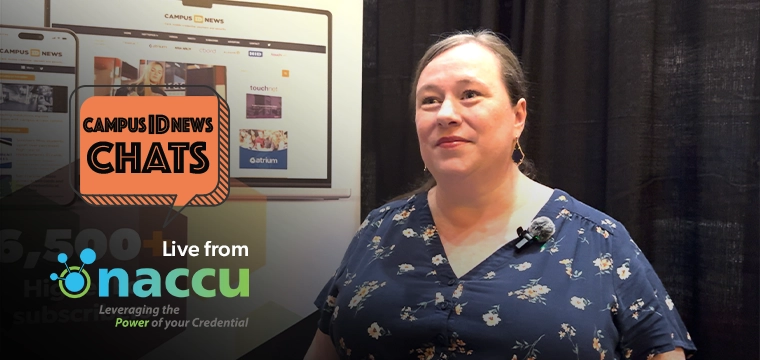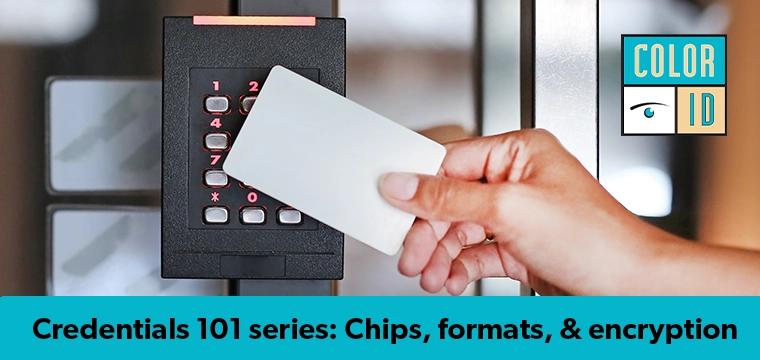by Danny Smith, ColorID (www.colorid.com)
One of the biggest differences between printing on blank PVC (Mag Stripe) card stock and proximity cards is the cost difference of the cards. Blank card stock may cost less than a dollar per card while Proximity cards average $3 - $8 (depending on options). Mistakes in the printing of Proximity cards can create significant financial losses. In order to protect your investment here are a couple important points you may consider.
Using Proper Proximity Printing Technology
Problem: Most blank card stock is constructed with an even flat surface, however Proximity cards contain an antenna and chip inside each card. Dye sublimation printers are direct to card printers. The deviation in the Proximity cards surface (from its internal contents) causes the printhead to lose contact with the cards surface. The result may be a loss of printed information. Some ID offices have accepted the end result with direct-to-card printing. However, improved technology is now available to dramatically improve the quality of your Proximity cards.
Solution: Fargo offers an HDP (High Definition Printer) series ID printer specifically designed for printing on Proximity and Smart Cards. The HDP’s printhead never touches the cards surface like a dye sublimation printer. The HDP prints onto a ‘transfer film’ first and is then transferred to the cards surface and adhered by pressure and heat. If the cards surface is uneven, the film will cover all its deviations. In addition, the print quality is amazing when compared to a dye sublimation printer. Since the printer film is not being fused into the card, its colors are more vibrant, clear and to the edge of each card. In addition, you can help protect your Proximity cards by adding the standard clear or holographic overlaminate to your cards surface. This will minimize fading and seal the card from the elements. The printer cost is only slightly higher than some dye-sublimation printers. The decreased number of misprinted cards and better print quality will help pay for itself in the long run. For those needing a better print quality with vibrant colors, we would suggest a High Definition Printer.
Extended Card Life – How to Protect Your Investment
Problem: Proximity cards that are not properly protected may last only 12 – 18 months before experiencing issues such as cracking, loss or fading of variably printed information, etc.
Solutions:
1.) Pre-Printing Proximity Cards – We recommend you lithographically Pre-Print Proximity cards. This will give you a much higher print resolution and more durable card. Overlay (1.5 mil) is used during the Pre-Printing process to protect the static information.
2.) Lamination – Using a lamination (1mil) overlay on your card to protect the variable information (image and data files), coupled with the Pre-Printed solution gives you the optimal protection.
Summary: Yes, it may initially increase your per card production cost by using the above methods. However, in the long run spending a little more in the beginning will ensure you are issuing cards that are properly printed and protected. Following the above recommendations should enable your cards to last 4-5 years under normal wear and tear.




